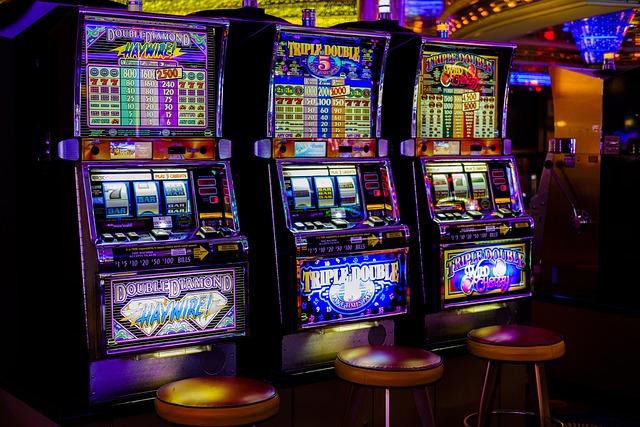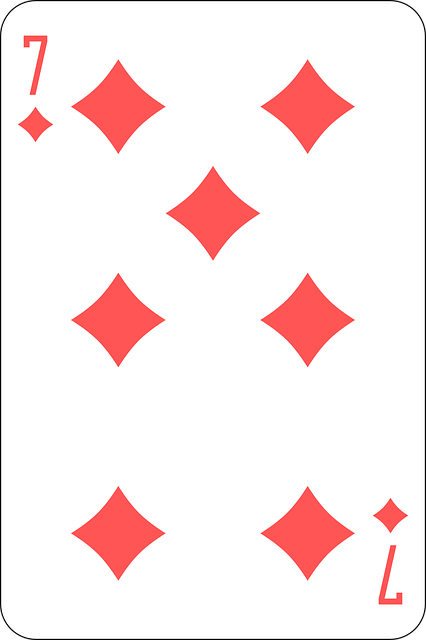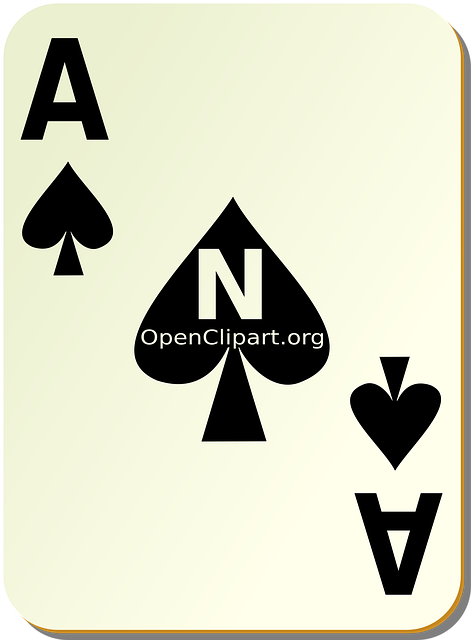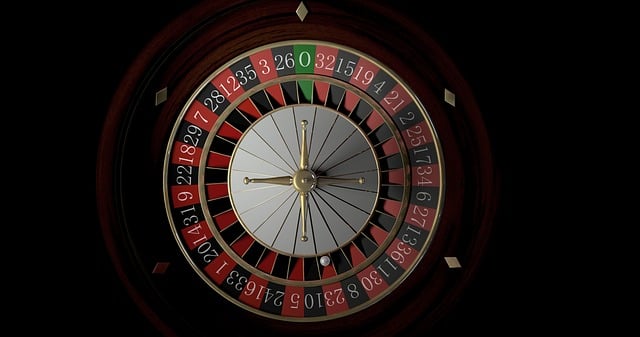The EU's structured gambling laws, including the Remote Gaming Directive, regulate online gaming through licensing, ensuring age verification, player protection, and fair practices across member states. This framework promotes fairness, consumer protection, and legitimate gambling activities while fostering industry transparency and individual safety within the Gambling Laws EU environment.
Gambling laws EU have evolved to create a dynamic and regulated landscape for online gaming. Understanding these stringent regulations is key for operators aiming to navigate the European market effectively. This article delves into three critical aspects: EU gambling licensing requirements, cross-border gambling regulations, and consumer protection measures. By exploring these areas, we provide valuable insights into the strategic considerations necessary for success in the diverse and ever-changing world of European gambling laws.
- EU Gambling Licensing Requirements
- Cross-Border Gambling Regulations
- Consumer Protection in European Gambling
EU Gambling Licensing Requirements

The European Union (EU) has established a comprehensive framework of gambling laws to regulate and license online gaming operations within its member states. For operators aiming to enter this market, understanding the EU gambling licensing requirements is essential. The process involves seeking authorization from relevant national authorities, ensuring compliance with each country’s specific regulations.
Licensing varies across the EU, but common standards are set by the EU’s Remote Gaming Directive. This directive outlines the criteria for granting licenses, including age verification, player protection, and fair gaming practices. Operators must demonstrate their ability to meet these standards, providing detailed information about their business operations, financial stability, and technical infrastructure. Once licensed, operators can legally offer gambling services across the EU single market, catering to a vast and diverse customer base.
Cross-Border Gambling Regulations

The Gambling Laws EU present unique challenges due to the region’s diverse cultural and legal landscapes. Online gambling, with its inherent cross-border nature, has necessitated a nuanced regulatory framework to ensure fairness, consumer protection, and the prevention of illegal activities. The EU has taken strides to harmonize these laws through directives and regulations, aiming for a balanced approach that supports legitimate gambling while mitigating risks.
Cross-border gambling regulations are crucial in the EU, where individuals can easily access online casinos and betting platforms from different member states. This has led to the development of robust legal frameworks that consider issues like licensing, age verification, problem gambling support, and data protection. These measures ensure a level playing field for operators while safeguarding consumers across borders, contributing to a sustainable and regulated Gambling Laws EU environment.
Consumer Protection in European Gambling

In the vast and dynamic landscape of European gambling, consumer protection is a cornerstone of the Gambling Laws EU. These laws are designed to safeguard individuals from potential harms associated with gambling activities while ensuring fair play and transparency across member states. The EU’s comprehensive regulatory framework mandates strict licensing requirements, age verification checks, and responsible gaming practices for all operators. This not only protects consumers but also fosters trust in the industry.
Moreover, Gambling Laws EU emphasize the provision of clear information to players about odds, potential risks, and available support services. They promote easy access to self-exclusion options and limit deposits and bets to prevent excessive gambling. These measures collectively contribute to a more secure and responsible gambling environment, reflecting the EU’s commitment to consumer protection in an increasingly digitalized sector.
Peating, In Source, Structure, & Structure Restures Structure






